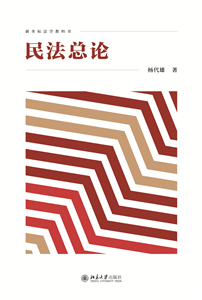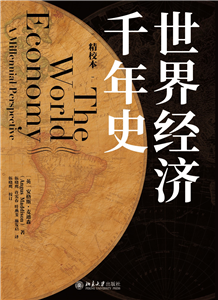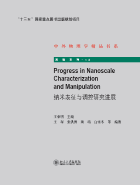基本信息 Information

Ginzburg-Landau Theory of the Quantum Condensate and Its Topological Matter(量子凝聚体及其拓扑物态的 Ginzburg-Landau理论)
丛书名中外物理学精品书系
作者(以)巴鲁赫·儒森斯坦(Baruch Rosenstein)李定平
版次1
书号29708
ISBN9787301297087
字数380千字
开本16
页数258
出版年2018
定价¥90
1 Introduction and Overview
Part I Ordered Phases of Condensed Matter Disrupted by
Topological Defects
2 The Phenomenological (Landau) Description of the Ordered Condensed
Matter from Magnets to Bose Condensates
3 Simplest Topological Defects
∗4 Topological Defects and Their Classification
Part II Structure of the Topological Matter Created by
Gauge Field
5 Repulsion between Solitons and Viable Vortex Matter Created by a Gauge Field•
6 Finite Energy of Abrikosov Vortices Created by the Magnetic Field
7 Structure and Magnetization of the Vortex Lattice within London
Approximation
∗8 Structure and Magnetization of the Vortex Lattice within Abrikosov
Approximation
Part III Excitation Modes of Condensate: Elasticity and Stability of the Topological Matter
9 Linear Stability Analysis of the Homogeneous States
10 Stability and the Excitation Spectrum of the Single Soliton and the Vortex Lattice
11 Forces on Solitons, Pinning and Elasticity of the Vortex Matter
Part IV Dynamics of Condensates and Solitary Waves
12 Dynamics of the Order Parameter Field
13 Solitary Waves
∗14 Viscous Flow of the Abrikosov Flux Lattice
Part V Thermal Fluctuations
15 Statistical Physics of Mesoscopic Degrees of Freedom
16 The Landau-Wilson Approach to Statistical Physics of the Interacting Field Fluctuations
17 Thermal Fluctuations in the Vortex Matter
Appendix
1 Abrikosov quasi-momentum functions averages
2 Calculation of gaussian integrals
3 Sparse matrices and their determinants
General References
Part I Ordered Phases of Condensed Matter Disrupted by
Topological Defects
2 The Phenomenological (Landau) Description of the Ordered Condensed
Matter from Magnets to Bose Condensates
3 Simplest Topological Defects
∗4 Topological Defects and Their Classification
Part II Structure of the Topological Matter Created by
Gauge Field
5 Repulsion between Solitons and Viable Vortex Matter Created by a Gauge Field•
6 Finite Energy of Abrikosov Vortices Created by the Magnetic Field
7 Structure and Magnetization of the Vortex Lattice within London
Approximation
∗8 Structure and Magnetization of the Vortex Lattice within Abrikosov
Approximation
Part III Excitation Modes of Condensate: Elasticity and Stability of the Topological Matter
9 Linear Stability Analysis of the Homogeneous States
10 Stability and the Excitation Spectrum of the Single Soliton and the Vortex Lattice
11 Forces on Solitons, Pinning and Elasticity of the Vortex Matter
Part IV Dynamics of Condensates and Solitary Waves
12 Dynamics of the Order Parameter Field
13 Solitary Waves
∗14 Viscous Flow of the Abrikosov Flux Lattice
Part V Thermal Fluctuations
15 Statistical Physics of Mesoscopic Degrees of Freedom
16 The Landau-Wilson Approach to Statistical Physics of the Interacting Field Fluctuations
17 Thermal Fluctuations in the Vortex Matter
Appendix
1 Abrikosov quasi-momentum functions averages
2 Calculation of gaussian integrals
3 Sparse matrices and their determinants
General References
















